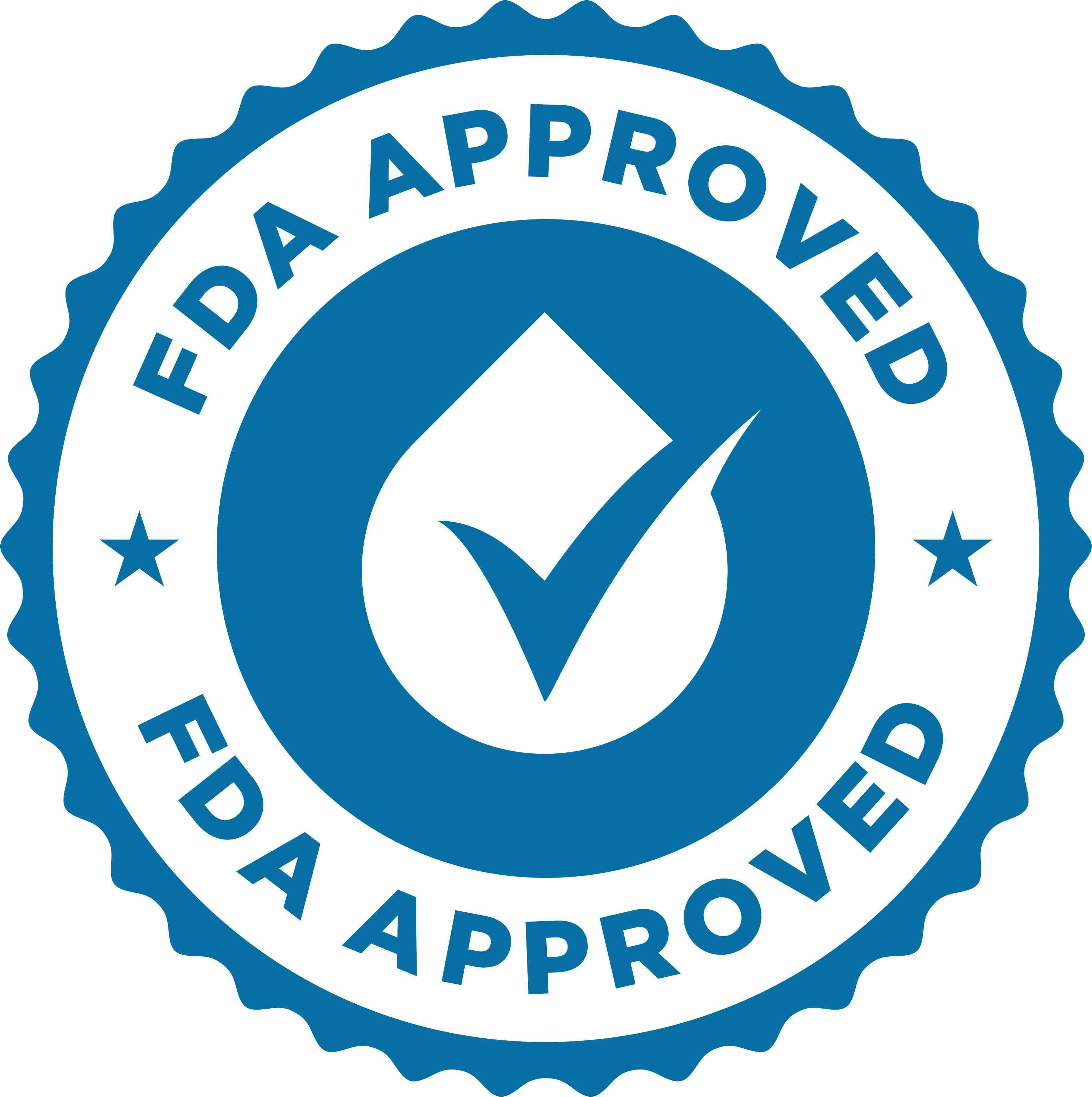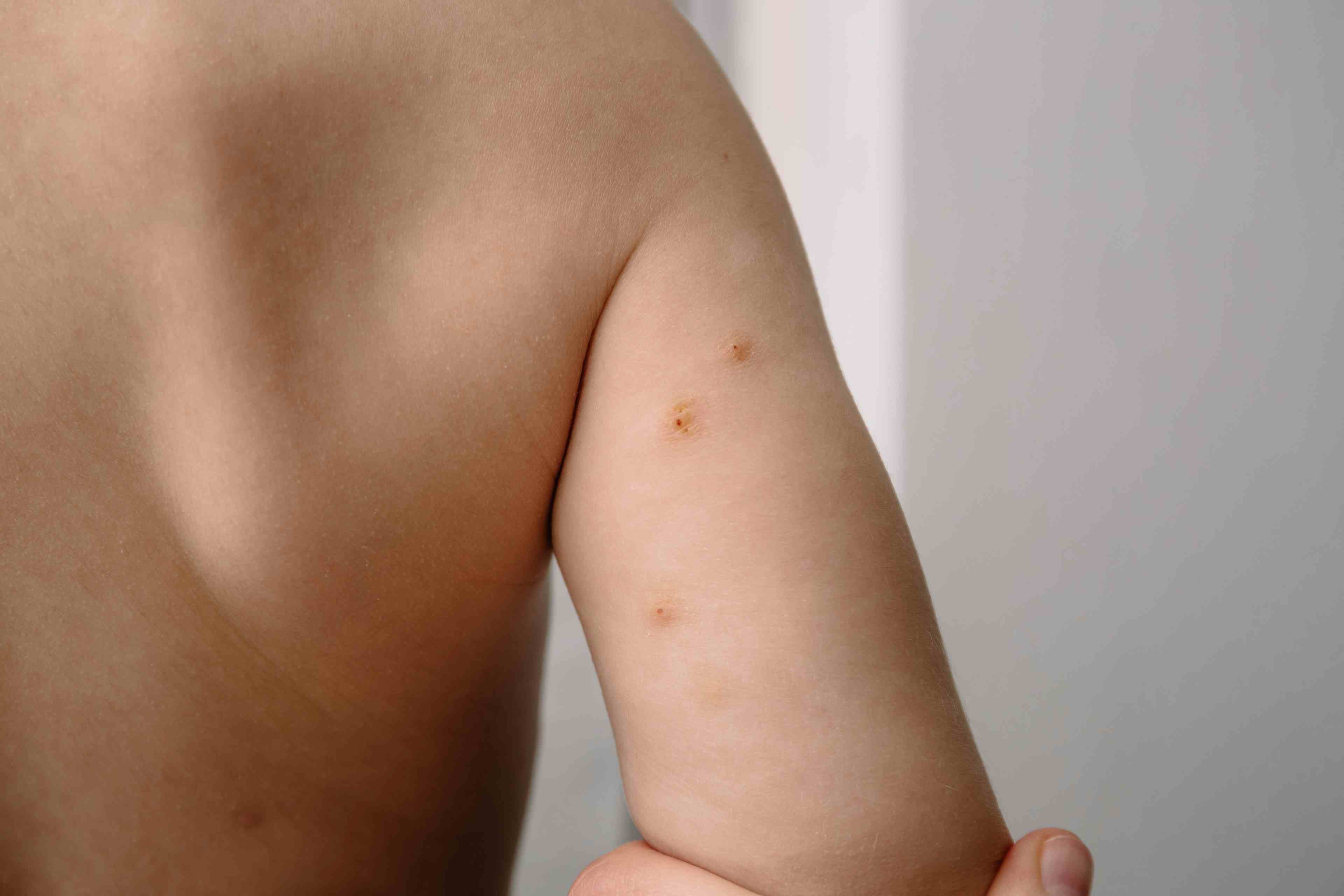- Acne
- Actinic Keratosis
- Aesthetics
- Alopecia
- Atopic Dermatitis
- Buy-and-Bill
- COVID-19
- Case-Based Roundtable
- Chronic Hand Eczema
- Chronic Spontaneous Urticaria
- Drug Watch
- Eczema
- General Dermatology
- Hidradenitis Suppurativa
- Melasma
- NP and PA
- Pediatric Dermatology
- Pigmentary Disorders
- Practice Management
- Precision Medicine and Biologics
- Prurigo Nodularis
- Psoriasis
- Psoriatic Arthritis
- Rare Disease
- Rosacea
- Skin Cancer
- Vitiligo
- Wound Care
News
Article
FDA Grants Breakthrough Therapy Designation to QTORIN Rapamycin for Microcystic Lymphatic Malformations
Author(s):
There are currently no FDA-approved therapies for the rare, genetic disease.
JHVEPhoto/Adobe Stock

The US Food and Drug Administration (FDA) has granted Palvella Therapeutics' 3.9% rapamycin anhydrous gel (QTORIN rapamycin) a Breakthrough Therapy Designation for the treatment of microcystic lymphatic malformations (microcystic LM).1
Microcystic LM is a rare, chronic, and genetic condition affecting more than 30,000 individuals in the US. It involves PI3K/mTOR pathway dysregulation, leading to persistent leakage of lymph fluid through the skin barrier via malformed lymphatic vessels. At this time, there are no therapies approved by the US Food and Drug Administration (FDA) for the condition.1
The designation is supported by and based on positive topline results shared by Palvella earlier this year from a phase 2 study.2 The phase 2, open-label, and multicenter study involved 12 patients with microcystic LMs. Patients were treated with QTORIN rapamycin on a once-daily basis for a duration of 12 weeks.
Throughout the study, clinician and patient assessments were completed, particularly involving assessments of clinical manifestations of the disease, including bleeding, erythema, crusting/hyperkeratosis, lesion height, and leaking.
After 12 weeks, all 12 patients involved in the study were rated as "much improved" or "very much improved" by clinicians, with demonstrable improvements on the PGI-C and CGI-C scales.
QTORIN rapamycin was generally well-tolerated in patients. The most commonly-reported adverse events included pruritus and application site pain, though no drug-related adverse events were serious or unexpected in nature. Additionally, at every point of the study, no rapamycin was detected in patients' systemic circulation.
“People living with microcystic LMs face daily challenges and frequent, sometimes life-threatening hospitalizations due to cellulitis. Current treatments are inadequate, invasive, and do not address the underlying mechanisms of this debilitating disease,” said James Treat, MD, in an earlier press release.2 Treat is a a pediatric dermatologist at Children’s Hospital of Philadelphia and a study investigator.
Currently, the US FDA has granted QTORIN rapamycin Orphan Drug and Fast Track Designations, and the European Medicines Agency has granted Orphan Drug Designation for microcystic LM.
“We are very encouraged that the FDA has granted Breakthrough Therapy Designation to QTORIN rapamycin, recognizing the strength of the clinical results from our Phase 2 study and the potential for QTORIN rapamycin as a novel, targeted therapy for the treatment of microcystic LMs,” said Wes Kaupinen, Founder and Chief Executive Officer of Palvella Therapeutics.1 “We believe QTORIN rapamycin can fulfill an urgent unmet need for patients suffering from microcystic LMs who from a very young age endure significant morbidity as a result of this lifelong disease.”
References
- Palvella Therapeutics. Palvella Therapeutics announces U.S. FDA Breakthrough therapy designation granted to QTORINTM 3.9% rapamycin anhydrous gel (QTORINTM rapamycin) for the treatment of microcystic lymphatic malformations. GlobeNewswire News Room. November 16, 2023. Accessed November 16, 2023. https://www.globenewswire.com/news-release/2023/11/16/2781752/0/en/Palvella-Therapeutics-Announces-U-S-FDA-Breakthrough-Therapy-Designation-Granted-to-QTORIN-3-9-Rapamycin-Anhydrous-Gel-QTORIN-rapamycin-for-the-Treatment-of-Microcystic-Lymphatic-M.html
- Palvella Therapeutics announces positive topline results from phase 2 study of QTORINTM 3.9% rapamycin anhydrous gel (QTORINTM rapamycin) for the treatment of microcystic lymphatic malformations, a serious, rare genetic skin disease with no FDA-approved therapies. Palvella Therapeutics. March 22, 2023. Accessed November 16, 2023. https://palvellatx.com/2023/03/09/palvella-therapeutics-announces-positive-topline-results-from-phase-2-study-for-the-treatment-of-microcystic-lymphatic-malformations/
Newsletter
Like what you’re reading? Subscribe to Dermatology Times for weekly updates on therapies, innovations, and real-world practice tips.















